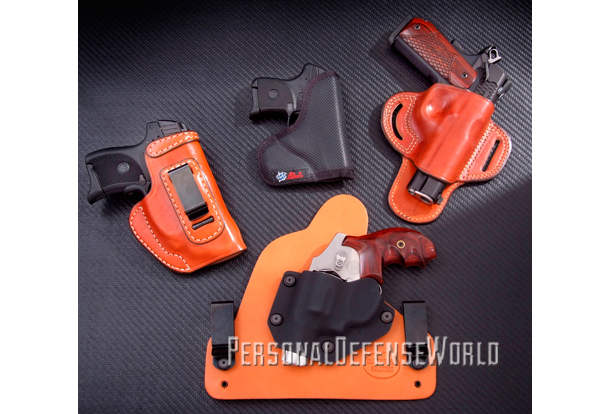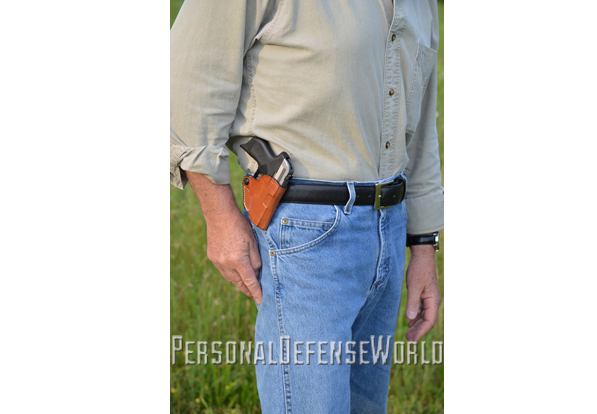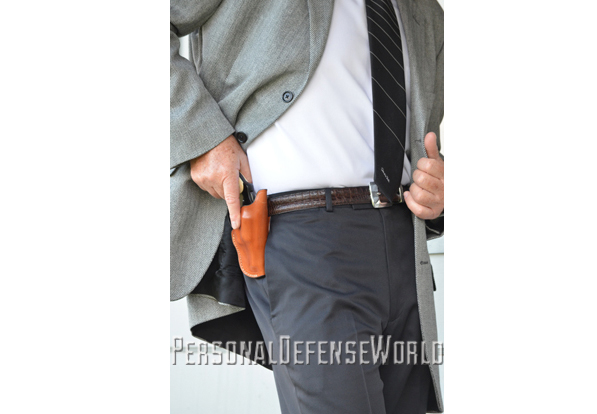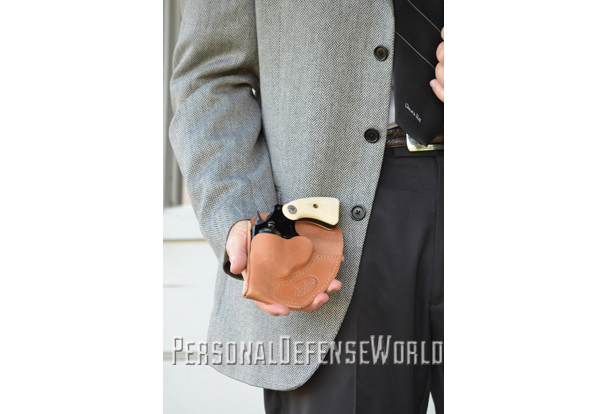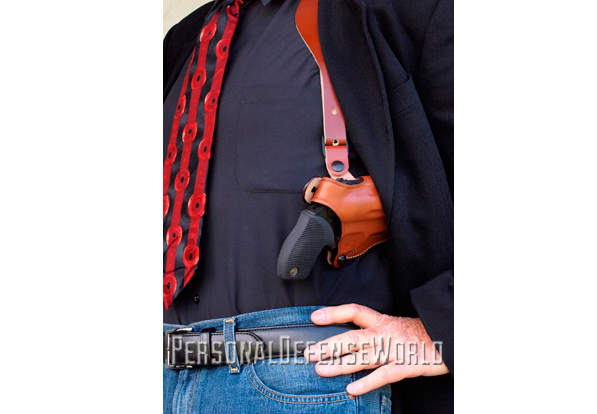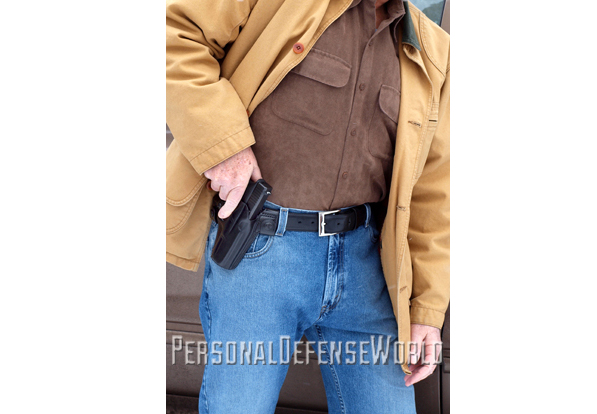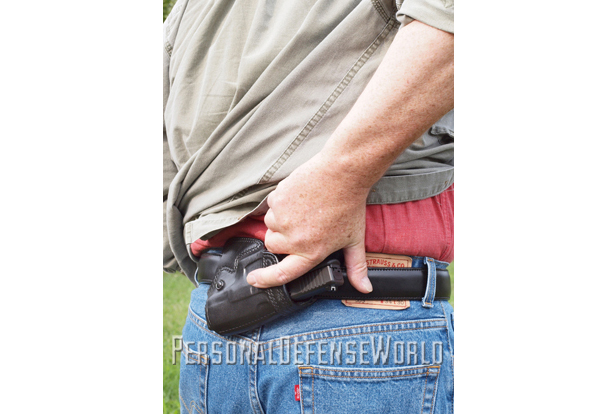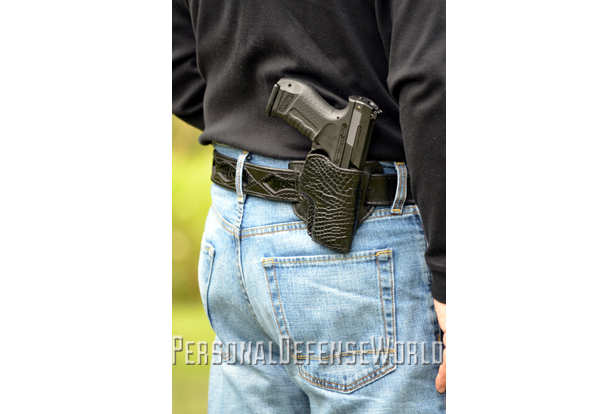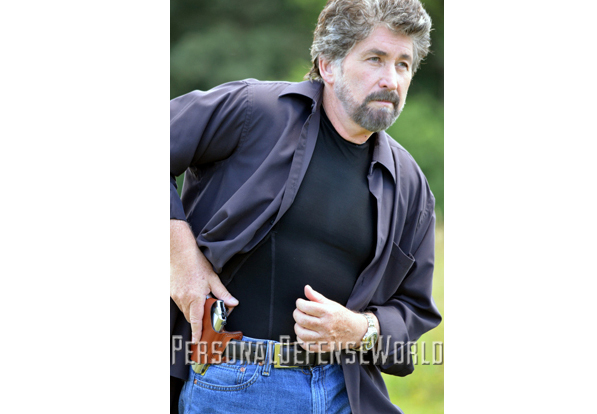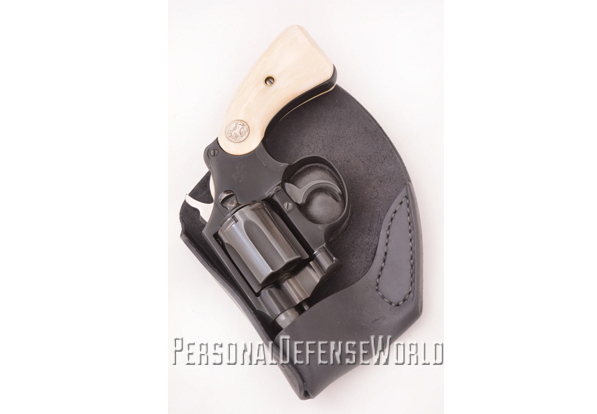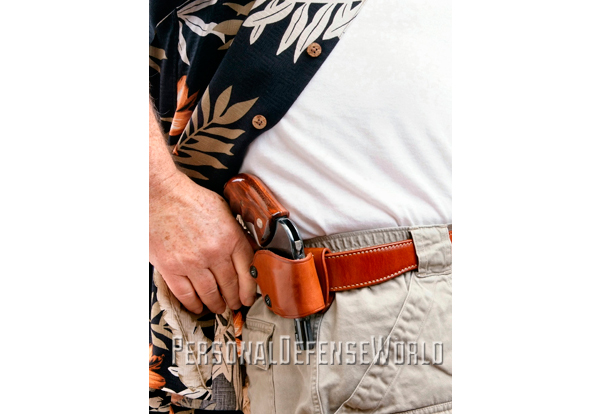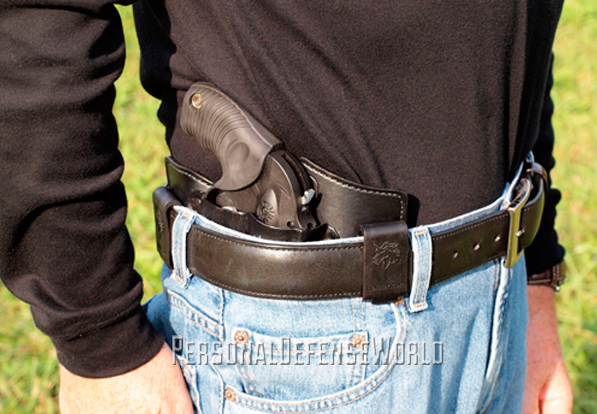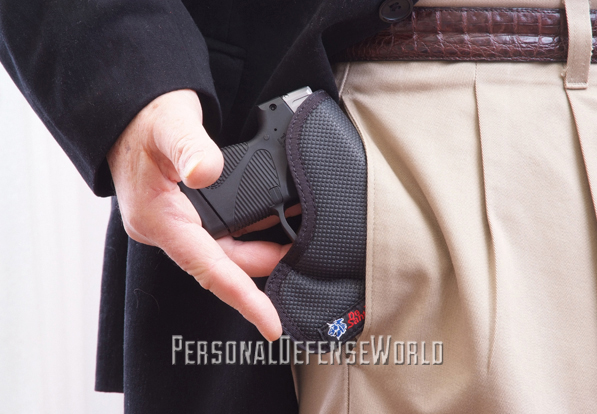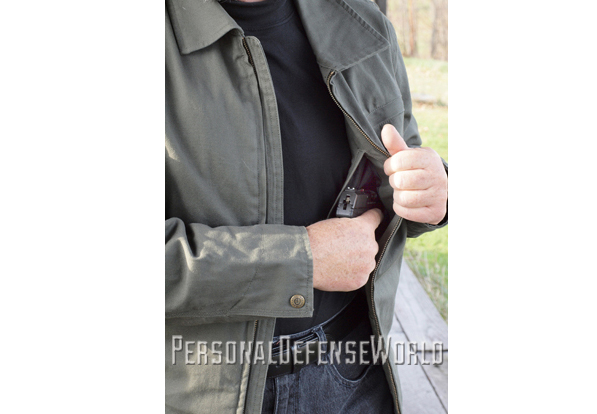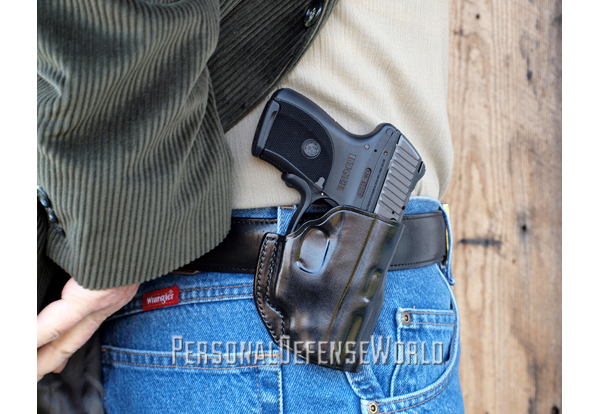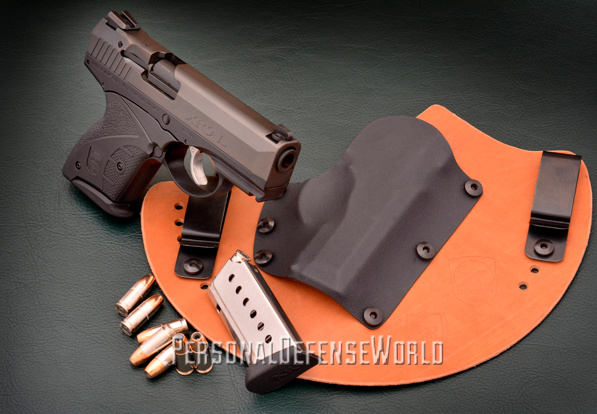Concealed carry options are a matter of choice. Not so much choosing to carry—you’ve already made that decision—but rather choosing how to carry. Whether your best gun for CCW use is a .38-caliber revolver, a generally simple and straightforward sidearm that has remained a staple for small-caliber concealed carry use since the 1930s, the latest .380 ACP, or something that packs a lot more punch like a subcompact 9mm, .40 S&W or .45 ACP semi-auto, the one thing that will change more than the gun you choose is how and where you carry it throughout the year. The greatest dynamic for change in concealed carry is weather, simply because what works in winter when you have several outerwear options might not be as concealable or practical when the summer heat is blazing and you’re down to cutoff shorts and a T-shirt.
Dressing around a concealed handgun needn’t be problematic. It’s all a matter of comfort, and that’s the operative word because the majority of CCW permit holders will never draw their gun under duress or in threat of imminent danger. It does happen, make no mistake about it, but of the tens of thousands of individuals who carry concealed for personal protection or in the course of their profession, the statistics are in favor of never having to draw your sidearm.
For this article I have chosen a variety of guns and calibers. First, a personal CCW favorite, a Colt Cobra .38 Special, which is a variation of the venerable and famous Colt Detective Special. Though long out of production, the Colt offers the advantage of carrying six rounds, were most modern .38 Special, .38 Special +P and .357 Mag snubnose revolvers carry only five rounds. A revolver, regardless of make or model, remains one of the most reliable and easiest to conceal backup guns. Second, taking a step down in caliber to .380 ACP, the choice here is the popular Ruger LCP, one of the smallest and easiest to handle of modern .380s. In this size and caliber class there are more than a dozen choices today, all of which have advantages and disadvantages in their various modes of operation, i.e., single-action (SA), double-action-only (DAO), double-action/single-action (DA/SA), manual safety, no safety, hammer-fired, striker-fired, second-strike capability and construction. What they have in common is general size and ease of concealment. What works for one, works for all.
Advertisement — Continue Reading Below
Stepping up to a larger-caliber con-cealed carry handgun used to mean a compact version of the 1911, and while there are many available, there are smaller options such as the 9mm Ruger LC9, Boberg XR9-L, Walther P99, Smith & Wesson 1911SC and Springfield Armory’s XD-S .45, the later being the smallest .45 ACP available.
IWB Rigs
Sometimes work requires a suit and tie, but being well dressed and carrying a handgun isn’t that complicated. Since a suit and tie may have to be a four-season form of attire, an inside-the-waistband (IWB) holster is an excellent choice. For
this particular means of packing a pis-tol under your coat, you need to be comfortable with the bulk of the gun against your body. If you are short-waisted, this is a difficult means of carry, as the grips are going to dig into your ribcage. If you are going to pursue this mode of carry, stepping up one pants waist size is also recommended to provide more room for the width of the gun and holster.
Under Cover
Open suit jackets and blazers offer a little more latitude and open up the discussion to several low-profile belt holsters. John Bianchi pioneered one of the earliest designs of this type in the early 1980s, aptly named the Black Widow. Little more than an open-muzzle scabbard for the frame of the gun, this type of belt holster adds almost nothing to the overall dimensions of the sidearm being carried. Rigs of this style, such as the Bianchi Black Widow, Galco Quick Slide and DeSantis Mini Slide, position the gun over the hip so that it is well concealed by an unbuttoned sports coat or jacket. These types of holsters usually have a forward cant, which help improves your draw. It is important to consider the cant of the holster, not only for drawing a gun, but also for security. A rig that places the gun at a 90-degree angle can, under some conditions, allow the pistol to be pushed upward and out of the holster when sitting. The Black Widow has a thumb-break safety to prevent this, and DeSantis offers an ingenious Yaqui-style, Level 2 security belt holster called the Quik-Check, which features a Redi-Lok locking mechanism that must be disengaged by the thumb before drawing the gun.
Advertisement — Continue Reading Below
Another option, and one I personally favor, is the small-of-the-back, or SOB, holster. This is one of those designs that experts either love or hate, and it is also one that can test your own comfort level depending upon how much sitting you do. The SOB cants the gun grips up at about a 40-degree angle. You need a heavy-duty belt to properly support this rig. Once positioned comfortably, the gun is well out of sight with almost any style of jacket or shirttail, and your draw is considerably fast because the grips-up position places the gun more naturally into the hand.
Heat Is On
You might call this category undressed for success—the success being one’s survival. There are countless deep-concealment rigs, bellybands, etc., but they come with a price: a significant reduction in draw time. This is where pocket holsters offer a great advantage, especially with .380 ACPs, which are inherently smaller in size and easier to carry concealed. While a pocket holster works well for summer carry, it is also suitable for year-round use. The only consideration is sitting. This makes access to the gun all but impossible. As for calibers, today pocket-sized pistols range from .380 all the way up to .45 ACP. A belt scabbard is another summer option for small semi-autos and revolvers, and most firearms can be easily con-
cealed by an open shirt. The best placement for carry is the 4 o’clock position, just behind the hipbone and about even with you back trouser pocket.
Artic Chill
Cold weather is a CCW permit holder’s best friend. Heavy coats make for great concealment, and most of the aforementioned holsters work extremely well. However, there are a couple that stand out when the weather demands a jacket, scarf and being bundled up with a Glock on your hip. Cold weather makes for great concealment clothing, but longer access time to retrieve a firearm. For the sake of argument, let’s say you’re not wearing gloves and your winter coat is easy to open. One of the best rigs to wear in cold weather is a thermoplastic paddle holster. It is less reactive to cold temperatures and moisture than leather, and in the case of the Galco Matrix MX4 auto-locking holster for Glock compacts and subcompacts, it provides security with a thumb-activated safety mechanism. Until released by toggling a lever that’s just on the inside edge of the grips, the gun cannot be removed by force or inadvertently dislodged from the holster in a fall, which on icy streets isn’t all that unlikely, even for the most surefooted.
Advertisement — Continue Reading Below
Another well-thought-out Galco rig is the Side Snap Scabbard, or SSS, which can be mounted and detached from a belt without having to remove the belt; the loops simply unsnap and go around your belt. The contoured pouch provides solid purchase of your Glock until you need it, and the belt loop design (ears) that extend beyond the holster’s front and back edges keep the rig tight and close to the body.
You might not be able to control the weather, but with one of these rigs, you will be able to carry your sidearm by the best means available for any given temperature or environmental situation in daily life, come rain or come shine.
BUY NOW! AT www.personaldefenseworld.com/subscribe/handguns-buyers-guide/.
Advertisement — Continue Reading Below
